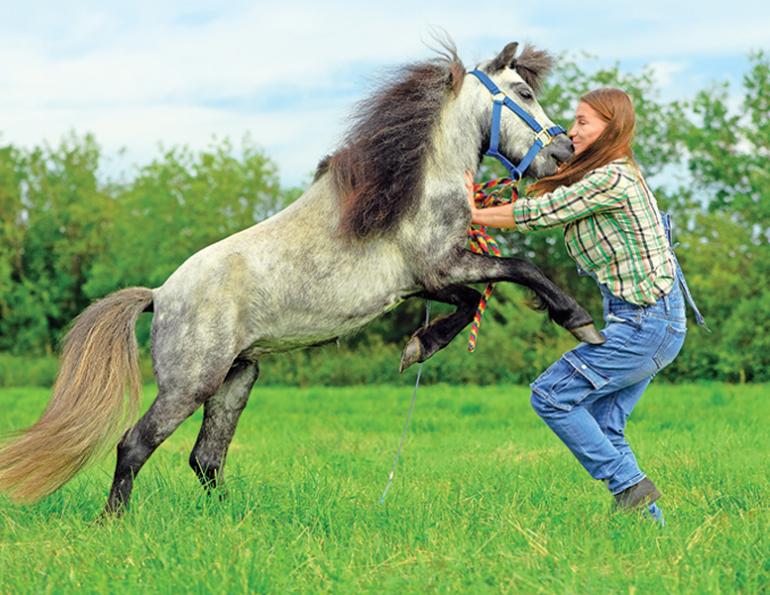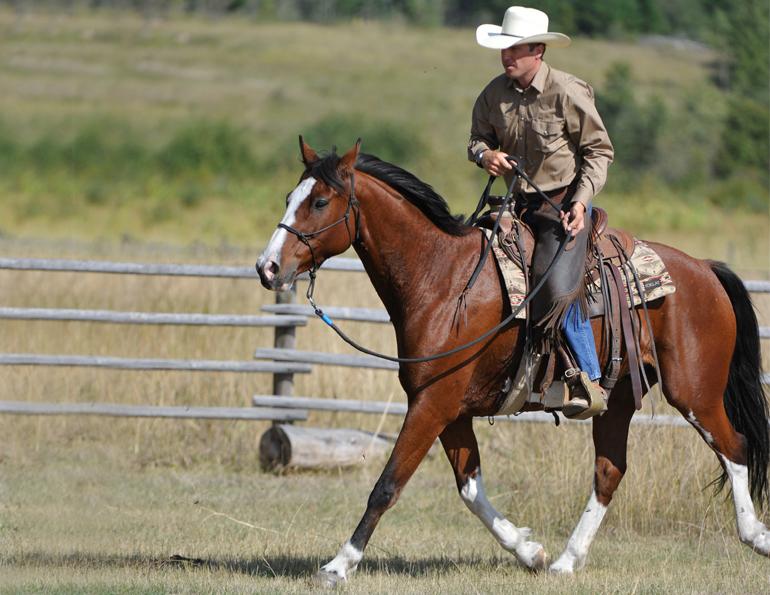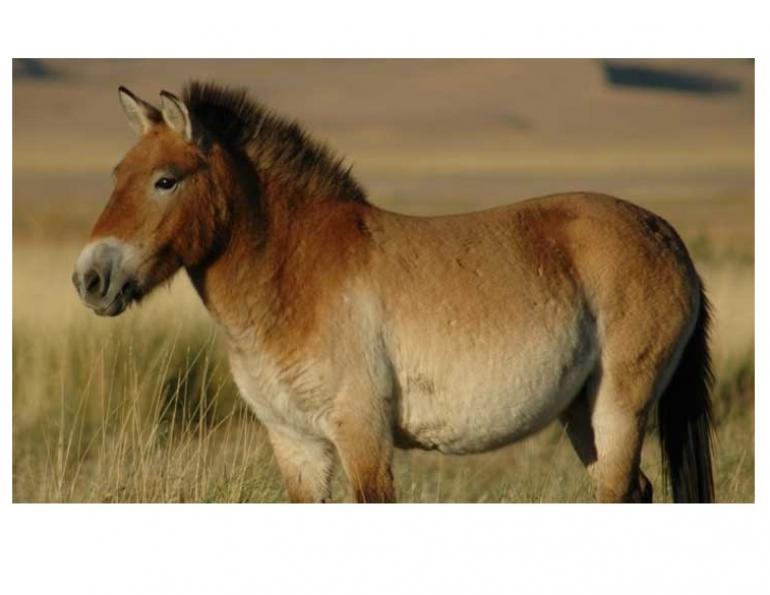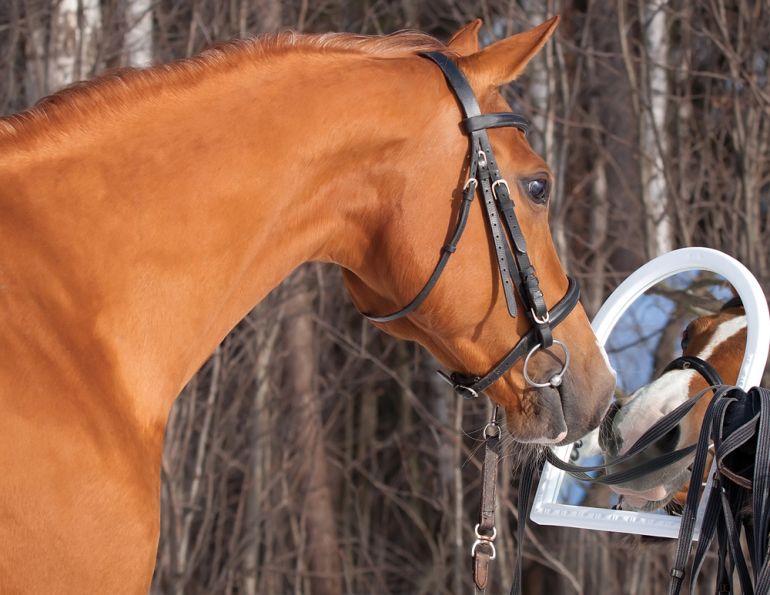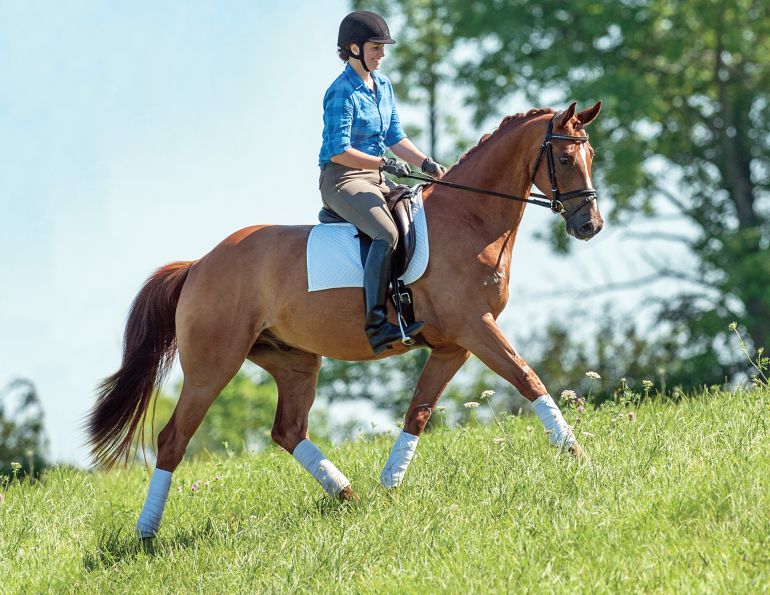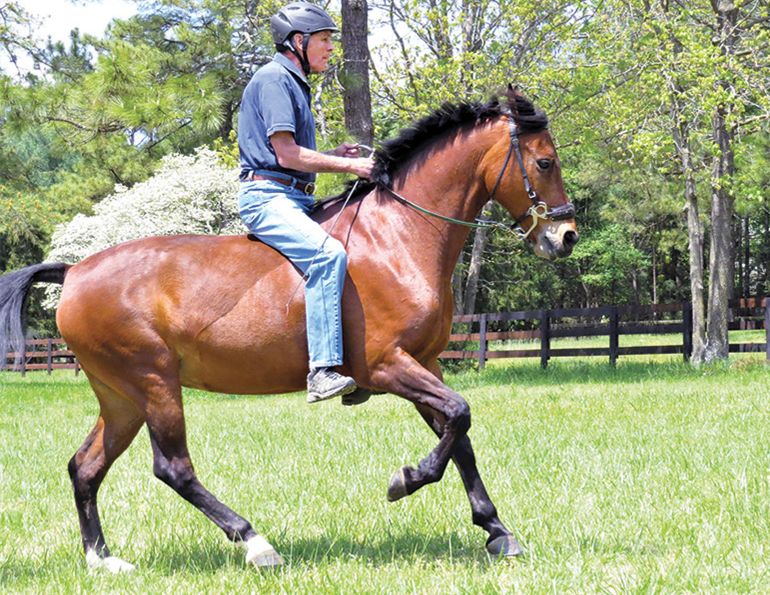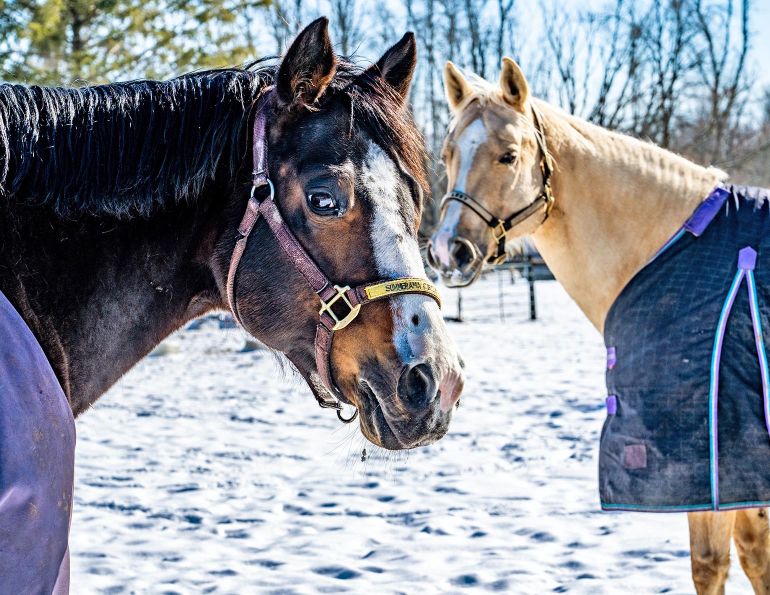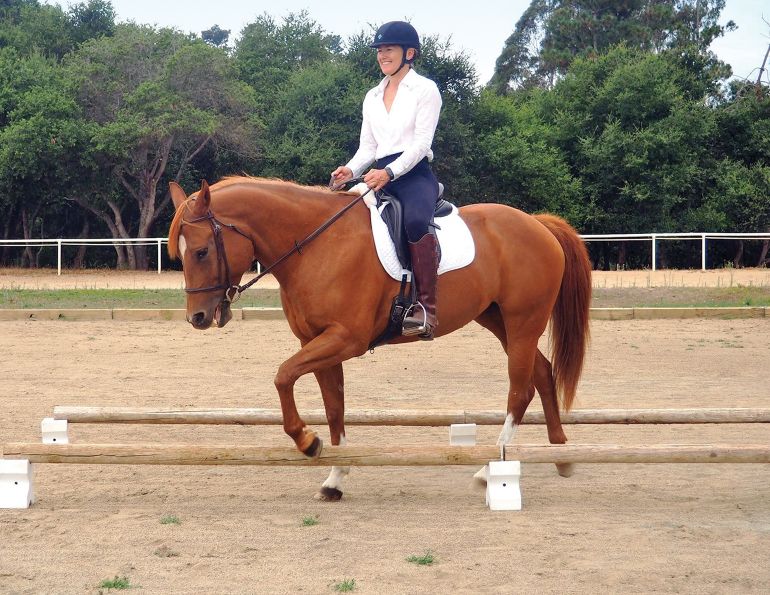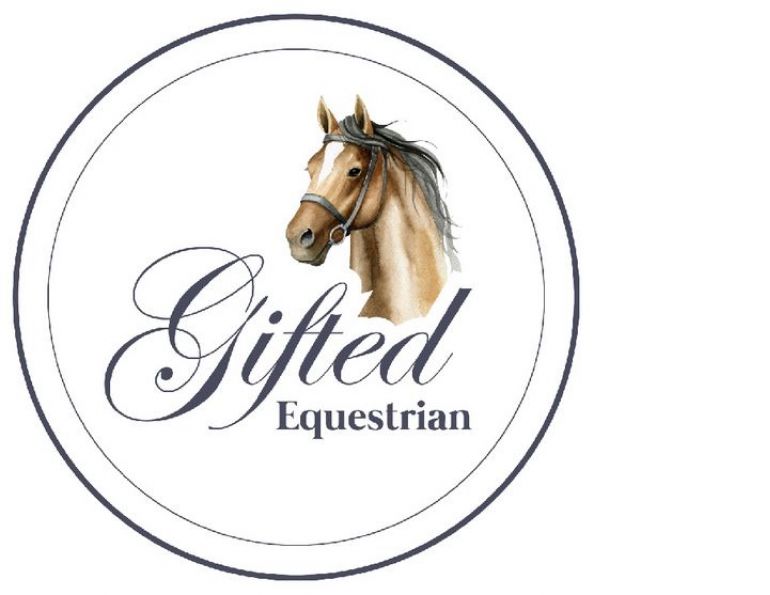By Nikki Alvin-Smith
Sadly, ponies get a lot of bad press. Even so, their reputation as being lazy, stubborn, and difficult to train, plus their seemingly inherent displays of poor behaviour, have less to do with their innate nature and more to do with a lack of training.
It is true that the ancestry of most pony breeds chronicles their capacity to endure harsh conditions and generally be able to take care of themselves, so a bit of attitude might be part of the equation. A pony’s reluctance to willingly adhere to our wishes and accept our leadership is perhaps an intrinsic wish to enjoy the freedom that living in lands rough and wild provided their ancestors. However, their domestication, whether it was for use as pit ponies in the coal mines or as the pretty show ponies we see in the ring today, documents the fact that ponies can be adapted and trained into valuable assets across the world.

Most pony breeds evolved in harsh conditions where survival depended on them being tough, clever and independent, and this could explain some of the traits we see in them today. Photo: Shutterstock/Ronenvief
Problems commonly encountered with ponies usually exist because, unlike their horse counterpart, their diminutive size makes them less likely to carry an educated rider during their early training, and more likely to receive training later in life when they have become set in their ways.
Their status as “pets” almost ensures that the expectation for their level of compliance exceeds their level of understanding of the task at hand. Consistent training is even harder to accomplish with the limited mental focus and physical abilities of their usual pint-sized young equestrian partners. A lack of small riders who are good enough to keep the pony consistently and correctly schooled exacerbates the problem.
Herd hierarchy is a fundamental factor in how a pony behaves around others, whether horse or human. If you are keen to enjoy a happy relationship with the pony, it is essential to establish yourself as the herd leader by always requiring the pony to acquiesce to your requests. You are teaching the pony something every time you interact with him, so even a stable visit means you must insist that the pony move where and when you want him to. For example, whenever you enter the stall, insist the pony back up and give you space before petting him, feeding hay, or haltering him for turnout. And very importantly, be consistent and ensure that anyone else who works around the pony does the same thing.
Let’s address some key issues that pony owners are likely to need to navigate. Please remember that safety must come first when working with a pony. Do not allow young children to be left alone or to work alone with any pony. No pony is totally trustworthy, and speaking as a parent of three children including twins, neither are children!
First and foremost, ensure that "bad habits" are not in fact symptoms of discomfort or pain by scanning the pony's body for hot spots, injuries, or hoof abscesses every time you groom.
Related: Pit Ponies: Ghosts of the Coal Mines
The Crocodile Pony
Biting is the most aggressive action any equine can exhibit and arises for a myriad of reasons. Very often, the habit develops from playfulness or boredom that other pony herd members have not curtailed by earnest reciprocation. Unfortunately, smacking the pony on the nose is not going to remedy the issue, but may cause him to become head shy.
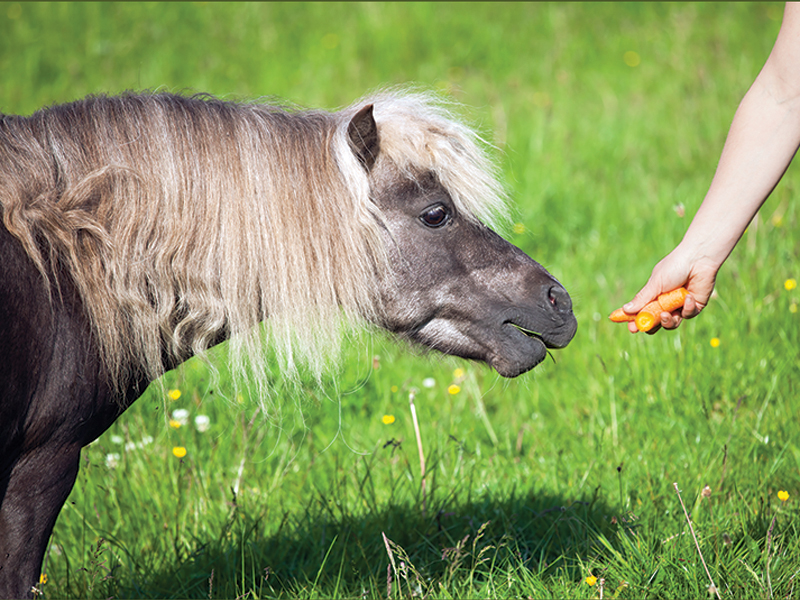
If the pony is biting and nipping, hand-feeding treats could be the root of the cause. Photo: Shutterstock/Christian Mueller
A major cause of biting or nipping is hand-feeding treats to the pony; if doing so is part of your daily routine you should stop immediately. It is especially important that children be told not to randomly reward ponies seeking attention by feeding them carrots or other treats. Instead, give verbal rewards or soft pats on the neck but only when the pony has actually followed through with obedience to a request on cue.
Address any areas of housekeeping that may encourage the biting behaviour by inducing boredom. Plenty of turn out, hopefully with other ponies, donkeys, or horses that are more dominant than the individual in question plus plenty of work and productive daily activities can thwart boredom.
Ensure that the pony is not in pain, or being mishandled in any way, or being defensive due to bullying by other animals. Check the tack and equipment for proper fit so that work is not associated with pain and soreness.
If the pony does attempt to bite, a quick surprise spray of water on the nose from a plastic water pistol (by an adult, and not as a game) can alleviate the problem. An unpleasant pinch on the nose can also be administered. In the worst cases where the biting habit has become dangerous, the pony can be muzzled.
As with any equine bad habit, retraining negative behaviour to positive may require professional help if that behaviour is significant and/or dangerous.
Kicking Out
Kicking, like biting, is one of the horse’s survival mechanisms. A mare teaches her foal to gentle its aggressive behaviour, such as biting the teat too hard, by lifting her hind leg in a slow manner as a warning. If the warning isn’t heeded the mare may kick out toward the foal as a further indication that it needs to stop its unwanted behaviour.
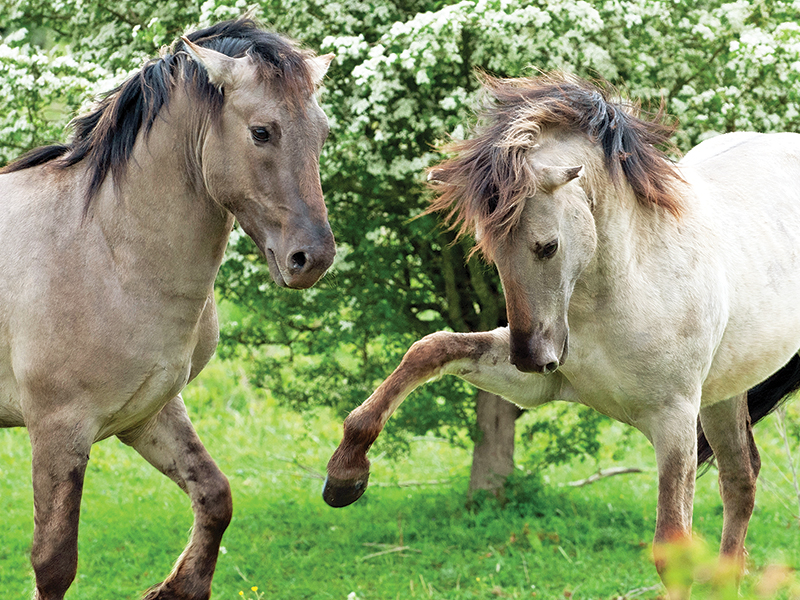
Young ponies will naturally kick, bite, and strike out at each other in play. Photo: Shutterstock/Judith Swikker
Young ponies will kick when turned out together in play, and as they grow up kicking will be used more aggressively in situations where challenges of the herd pecking order arise.
A reprimand for a pony deliberately kicking out should be swift, but short and sweet. A warning such as the snap of a longe whip, or a sharp poke in the ribs with your elbow or the handle end of a riding crop, administered by an adult without anger, is usually enough to put a stop to the behaviour. But it must be done in the moment. Do not engage in an argument with the pony. Once you have dished out a rebuke, turn away as if to dismiss the animal from your mind and leave the space, but keep an eye over your shoulder.
If the pony is a repeat offender, for safety’s sake always tie him when working with him. Start a training program utilizing a round pen and natural horsemanship techniques to make him move his hooves where you want them to go. There is an expression: control the horse’s mind by controlling the feet. Stand in the centre of a pen or small arena and begin with directional work at walk, trot, and canter. If you don’t have access to a suitable space, utilize longe work to do the same thing. There are myriad online and print/audio resources you can access to learn the proper way to employ these valuable techniques.
Related: Finding Solutions for Equine Behavioural Issues
Refusing to be Caught
The pony that enjoys lots of pasture time soon works out that life minding his own business and filling his belly with grass is much easier than being caught and working for his keep.
If the pony won’t let you catch him, do not be tempted to go into the paddock and try chasing him down. The merry game of running around the paddock after the pony will teach him how entertaining humans can be and teach you that you need to hit the gym more often.
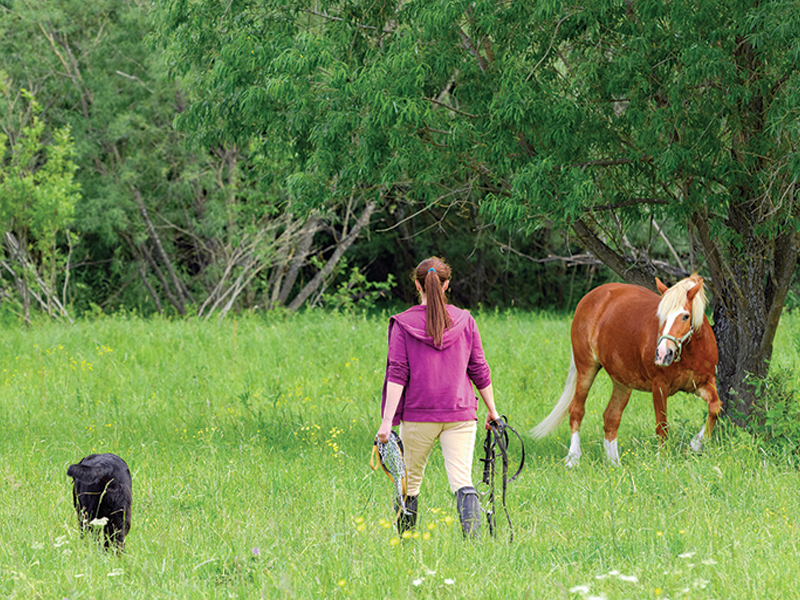
Your pony will be easier to catch if he enjoys his work, but don’t be tempted to chase him if he decides to run. Photo: Shutterstock/Irina Orlova
Instead, make a practice of bringing the pony in for non-work reasons that he will enjoy. This might be a good grooming session, a small feed in his stall at a certain time of day, a session of hand grazing outside the confines of the paddock, etc. As you don’t want to hand feed the pony it can be useful to rattle a bucket of grain as you walk into the paddock to attract his attention, but only give access to the feed reward when the pony has allowed you to place the halter on his head. If the pony enjoys his work, he will be much more likely to be easy to catch. Also, be certain that you are familiar with the proper way to catch the pony…
When you walk towards the pony in the pasture with halter and lead rope, with a small bucket of grain as a treat, stay relaxed in your body posture, breathe evenly, and walk straight toward the pony without making eye contact.
If the pony moves away, simply continue walking toward him in the same relaxed manner at the same pace as before. If he steps back or away, then stop and do the same. Exhale deeply, then begin walking toward him again. Do not use your voice at all or make any eye contact; rather, watch his reactions carefully.
Fair warning! This procedure may take a serious amount of time and patience, especially if the pony has adopted the hard-to-catch habit. Eventually, the pony should walk toward you or at least face you, stand still, and allow you to walk up to him. Place the rope over and around the pony’s neck taking care not to wrap it around your hand and give him a pat reward before placing the halter on his head.
The Bucking, Bolting and Rearing Riding Pony
Most issues with bucking and rearing in ponies are caused by pain or soreness. Evaluation of the health and soundness of the pony by a licensed veterinarian is the starting point when trying to ascertain the cause of this dangerous behaviour.
If the veterinary examination does not yield a likely cause of reluctance to work, turn your attention to the fit of the tack. Bits must fit properly and be of suitable thickness; bridles mustn’t pinch; saddles must be well-fitted; and the entire ensemble needs to correctly placed on the pony. We have all seen ponies with the saddle placed halfway up their withers, bits hanging out of the side of their mouth, and bridles set too tight in the throatlatch causing discomfort during exertion.
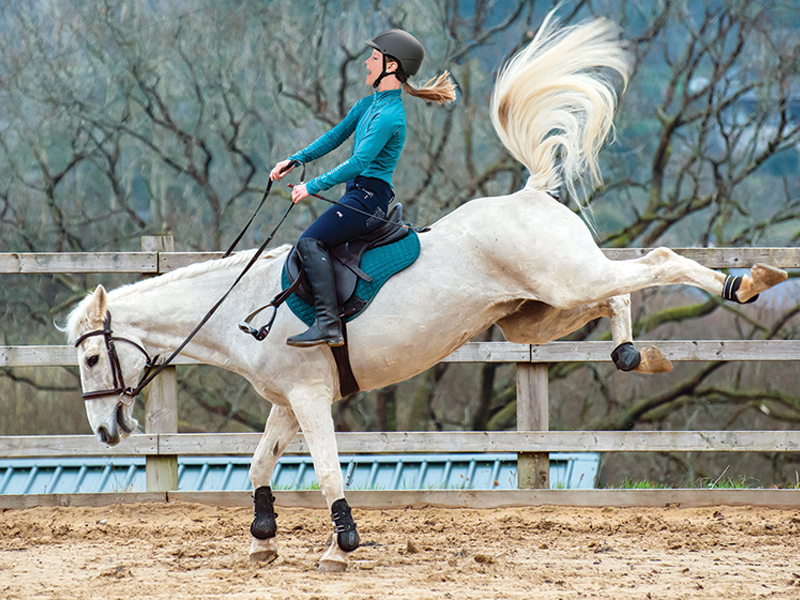
Dangerous issues such as bucking, bolting, and rearing should be addressed by an experienced professional. Photo: Shutterstock/Isobel Fisher
Once all the above are ruled out, look at how the pony is being ridden. Is he being “pushed and pulled” at the same time, causing confusion and upset? Is the rider giving aids in the right place at the right time? Is the rider experienced enough for the pony? Does the pony know his job? Is the pony nervous or scared of the demands being asked?
If the conclusion is that the pony seems to be misbehaving out of naughtiness or bad character, then seek the help of a professional trainer. Work on the ground will help establish dominance over the pony, but the issues will also need to be addressed from the saddle. However, it is unrealistic to expect a child to address dangerous issues like rearing, bucking, and bolting unless the child is an equestrian with an advanced skill set in the saddle and with sincere help from an experienced adult on the ground.
Related: My Horse Bucks!
The Hard-Mouth Defense
Ponies that earn the reputation of being hard-mouthed have most likely been poorly ridden, with constant pulling on the bit and kicking at their sides by the rider. The pony will simply set his neck and avoid yielding to the bit as a defense to the pain. Bear in mind that if the pony is short-necked, as many are, a full yield at the poll may be impossible to achieve due to conformation.
A pony needs to trust the hands of the rider in order to yield at the poll, relax the neck, and soften in the mouth. Before retraining the pony, address the education and the lack of independent seat in the rider by working them on a suitable longe horse without stirrups and with the help of a trained professional.
Remember, it takes two to pull and a pony can’t pull against nothing, though he can set his jaw in defense of his mouth. A hard-mouthed pony provides a very hard and stiff ride, and over time this stiffness will also cause joint damage and muscle soreness to both pony and rider.
Start by working with the pony in-hand using a halter and rope. Teach the pony to step back and yield to pressure on the nose by flexing at the poll and relaxing the neck. Reward his efforts with a scratch or gentle pat. Then do the same with reins and the bit — teach the pony to rein back. You can then progress to work from the saddle. Start at halt and take the pony’s head to the left, asking the pony to yield in that direction, then repeat to the right side. Once the pony understands this, the same exercise can be undertaken at the walk. Always require the pony to yield at the poll before allowing him to walk forward after mounting. Start as you mean to continue.
As a dressage clinician, I often advise students to take the pony’s head in counter flexion at the trot in order to address a stiff back or the equine’s resistance to yielding at the poll. The leg aids are reversed — when trotting to the left, the pony’s head will be at 45 degrees toward the outside of the arena or to the right, with a soft, giving rein aid. The rider’s right leg will tap lightly on the girth and the rider’s left leg will be placed behind the girth. Make several strides in counter flexion and then a few strides straight, and repeat. Then reverse everything to work on the other rein. This is a very good method to teach a green horse to work toward the bit and aptly addresses the issue of a hard-mouth, pushing through the leg, bolting, and other issues such as spooking that may arise in nervous horses.
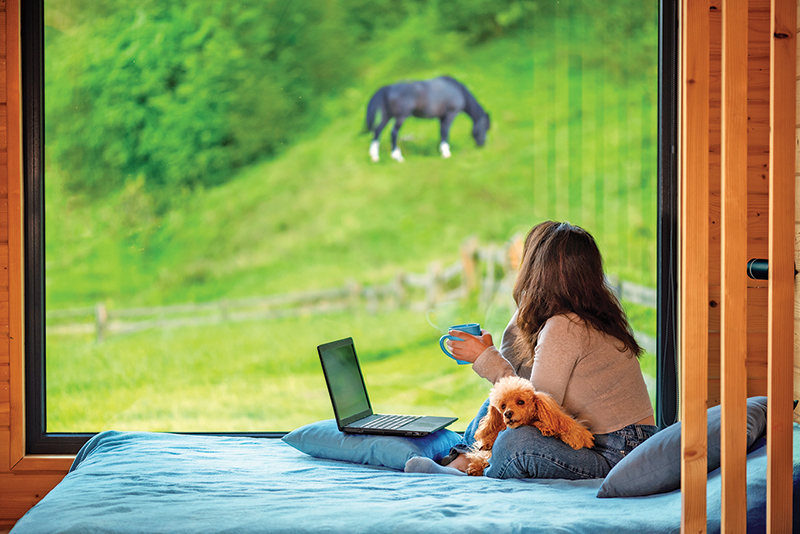
Photo: iStock/Rasulovs
Take Home Message
While ponies may look like little horses, in fact they are much more than that. The benefits of riding a well-schooled pony that correctly fits the rider help children progress quickly in their riding education when done under keen direction.
Apple-bobbing gymkhanas, agility classes, and many hours of road and trail riding all fueled a deep passion for everything equine in my career, and hopefully the right pony can do the same for your child. In fact, my equestrian training began with donkeys, then ponies, and then horses. But that’s a story for another day!
Related: Keeping Children Safe While Handling Horses - The Research May Surprise You!
To read more by Nikki Alvin-Smith on this site, click here.
Main Photo: Every time you interact with your pony you are teaching him something either good or bad. Credit: Shutterstock/Irina Orlova



